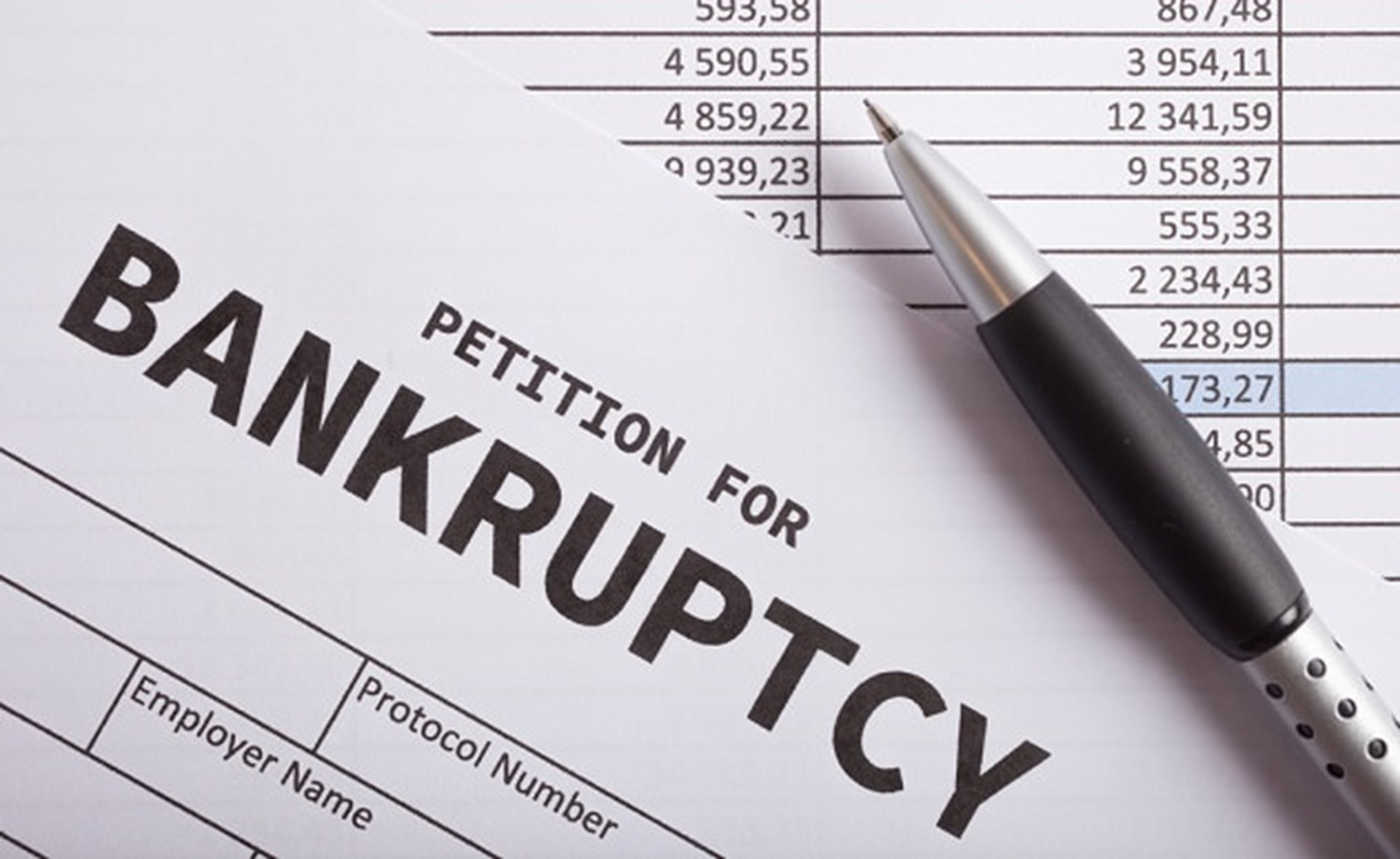Recently the overlanding forums have been buzzing—steaming might be a better verb—with the news of a bankrupcty filing by a (formerly) respected maker of aftermarket bumpers and skid plates—and the concomitant loss of the deposits of a good number of innocent customers.
Similar sagas have followed an all-too-common pattern. A company with a solid reputation for quality overextends itself with the orders flowing in after many positive reviews from journalists and previous owners. First it can’t keep up with production, and deliveries fall behind. Zealous overspending early on—a bigger factory, a new truck (or house) for the owner—now means that incoming deposits are used to purchase materials for products that were ordered months before. Cash runs short, then out altogether. By the time enough customers realize what’s happening and post warnings on relevant forums, dozens of later customers are already out of luck as well. And throughout it all the company’s website stays active, inviting the unaware to click “Buy now,” in a desperate bid to get more cash to try to catch up with a cascading backlog of production.
This has happened before in my experience with companies servicing the overlanding market—once with a maker of top-of-the-line bumpers and roll cages for Land Rovers and Ford trucks, once with a very high-profile manufacturer of luxury truck-based campers. Given the exploding popularity of overland travel and the associated equipment (and the Great Recession that hit just as the activity was gaining traction), I’m surprised it hasn’t happened more frequently—businesses go out of business while making money all the time, due to other factors that can range from poor management to the management snorting the profits or letting it ride on 32 red.
The reasons are of little concern to those who have lost hundreds or thousands of dollars after placing a deposit or even paying in full for a product they have every expectation of receiving in a reasonable amount of time.
What can a consumer do? In most cases, thorough prior research into the company’s reputation will suffice, especially if you look up current forum posts regarding their products and customer service. Don’t look at only one thread or jump to conclusions from one post—just as there are customers with legitimate complaints, so are there trolls whose mission in life is to complain and badmouth in an attempt to make others as unhappy with life as they are.
Once you’ve committed to ordering a specific product, basic steps to protect yourself should be mandatory. Be sure all your correspondence with the company is in writing (email is fine), including specifications, final price, and, above all, a final delivery date. Consider negotiating a discount if delivery is late.
However, despite precautions there is always the chance you’ll be caught at just the wrong time, after trouble starts but before it becomes widely known. The next best defense is to use a credit card with a strong buyer-protection plan for any deposit you are required to put down. We once paid several thousand dollars to a service company that utterly failed in its promises to us. Fortunately we had used an American Express card, and when we provided complete documentation of the issues and our attempts to rectify them, we received a full credit from Amex.
Without a guaranteed way to recoup your money from your end, your chances of doing so from the company can be slim. If there are bankruptcy proceedings in court, you can bet the banks, steel suppliers, and landlords will get their claims way higher on the list than your piddly little $1,000 deposit.
Thankfully such situations are rare. But it’s always smart to practice due diligence.

